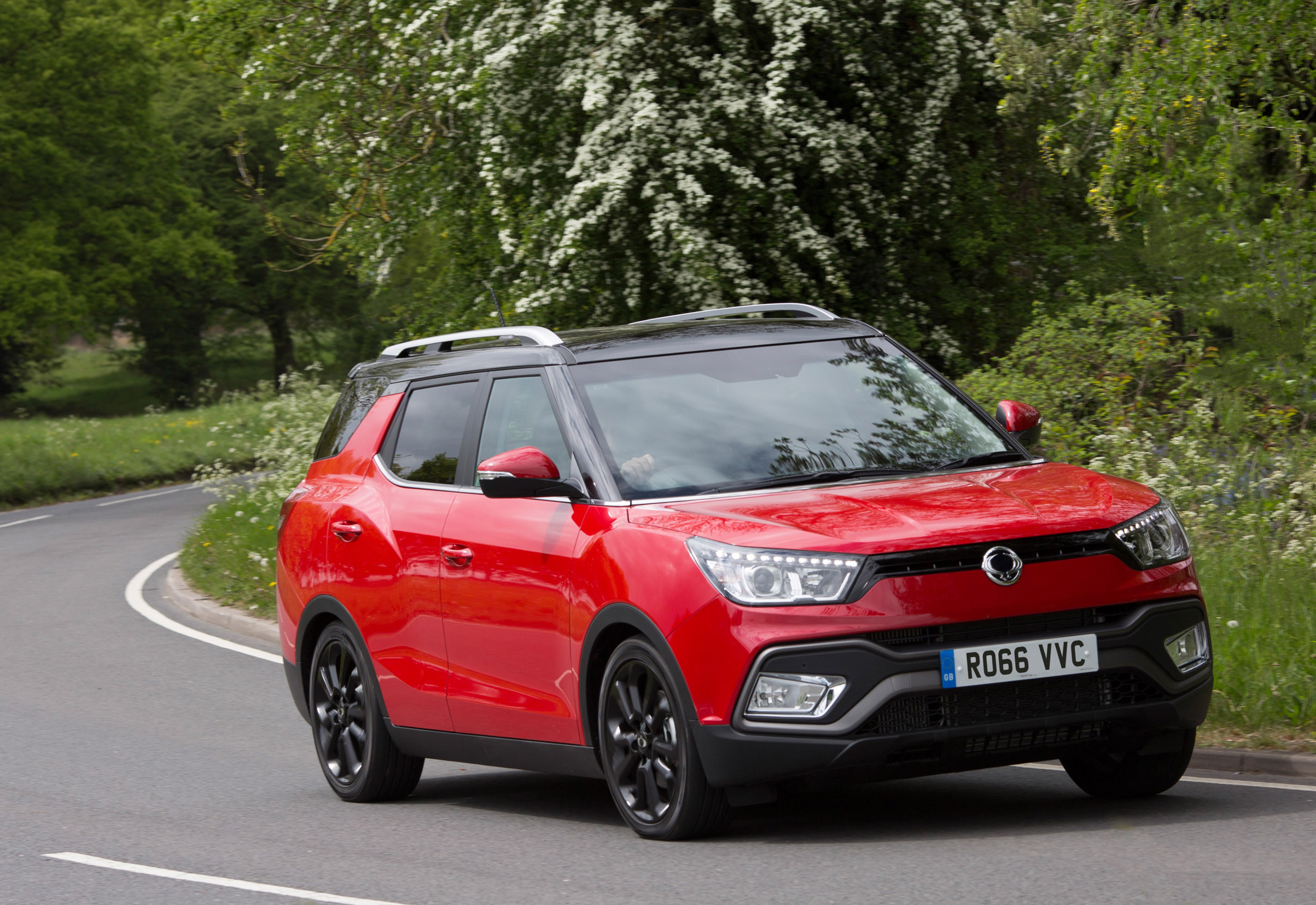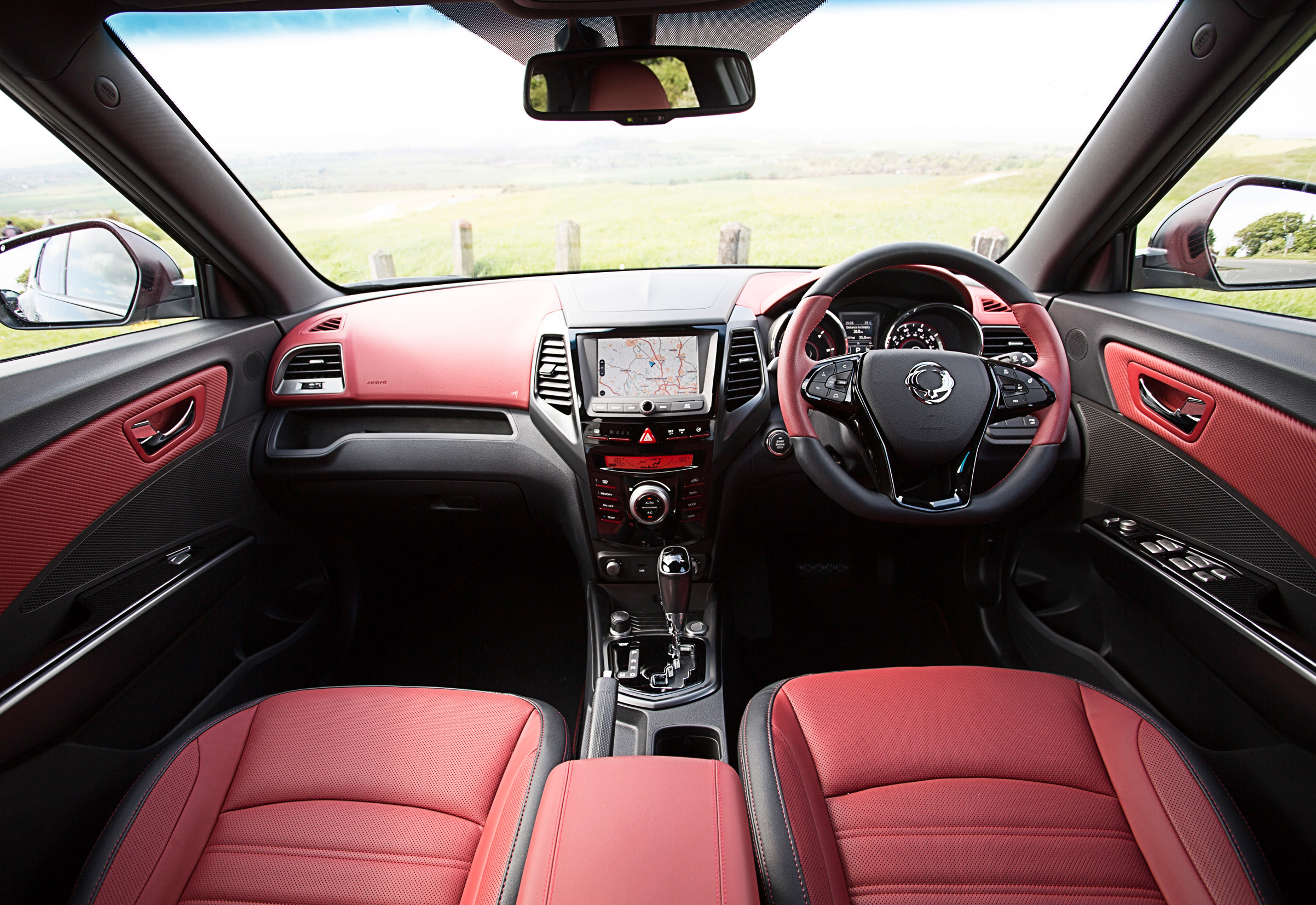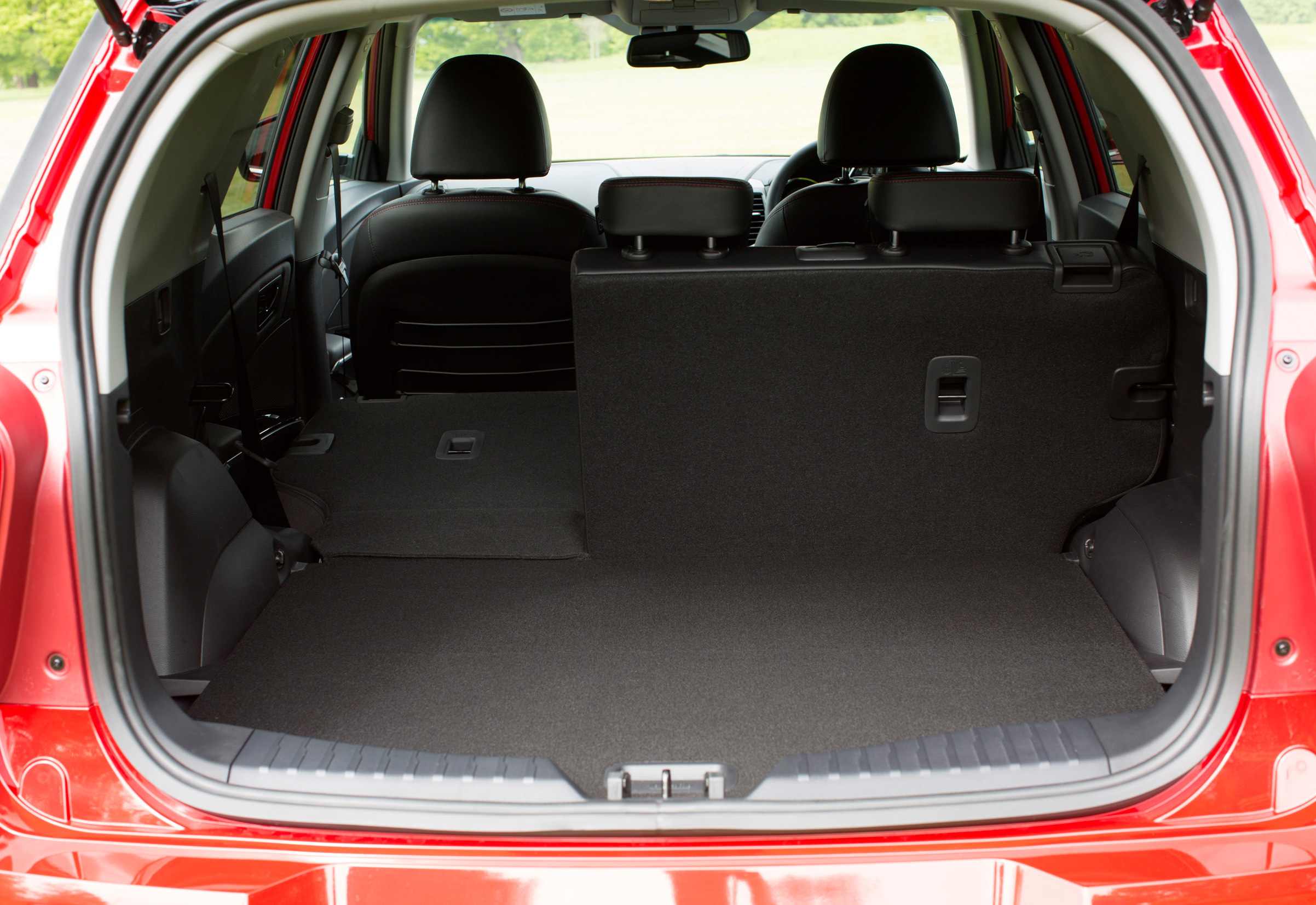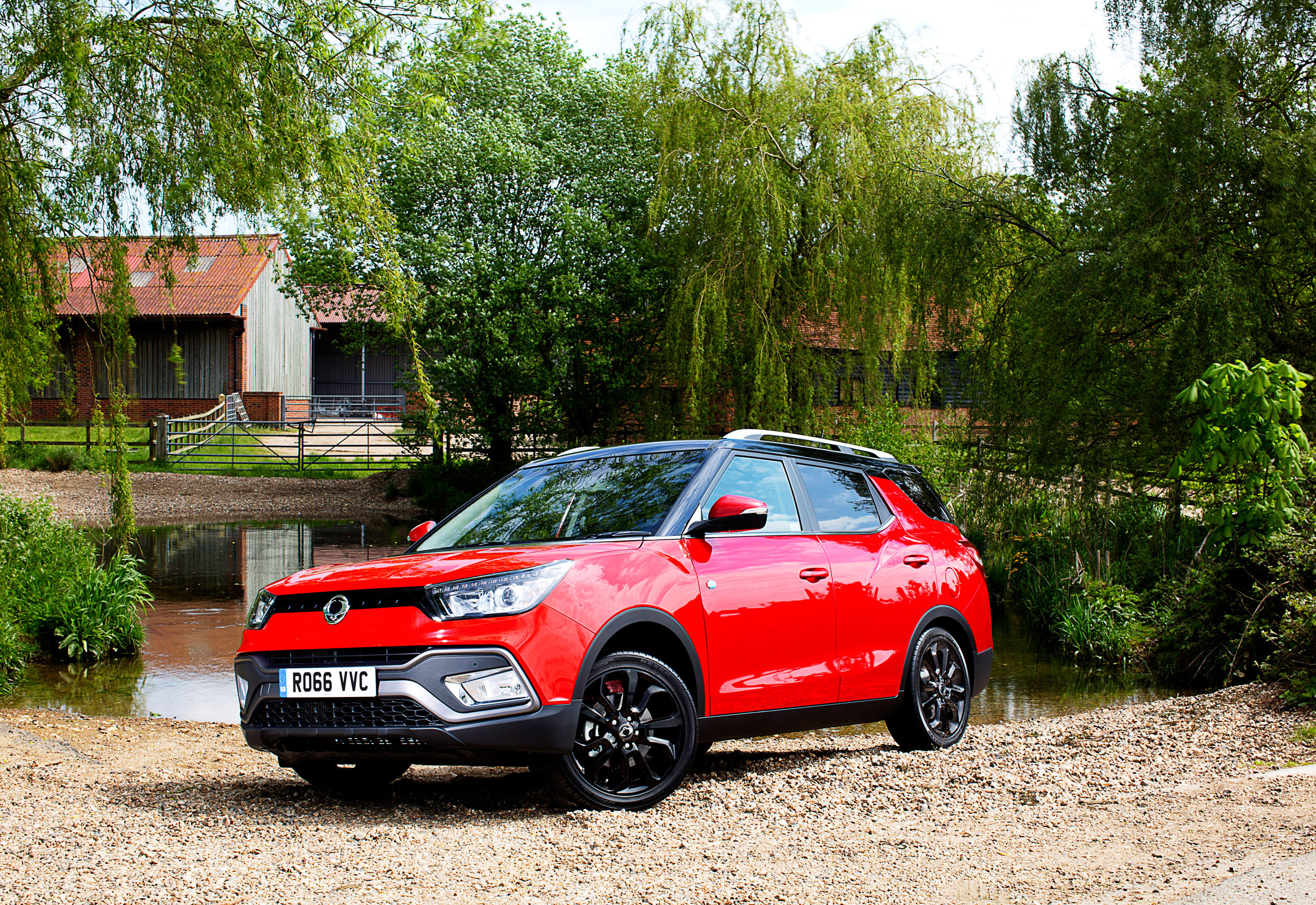






SsangYong claims to have invented a whole new niche with the Tivoli XLV: the crossover estate. But does that make it a better proposition? Chris Pickering reports.
When SsangYong launched the Tivoli last year it forced a lot of people who had previously dismissed the Korean brand to sit up and take note. Although not exactly mould-breaking, it was – and is – a thoroughly modern compact crossover that offers a lot for its bargain price tag. Now in a bid to extend that appeal, SsangYong has created the Tivoli XLV.
Extend is very much the right word. The XLV is mechanically identical to the regular Tivoli and even shares the same 2.6-metre wheelbase. Effectively, the only changes are the boot that now grows to a substantial 720 litres of load space. That’s with the seats down too (although admittedly it’s measured to the roof, while some manufacturers quote to the parcel shelf).
While the regular model comes with a choice of petrol or diesel engines and three different trim specs, the XLV is only available with SsangYong’s 1.6-litre 115 bhp diesel engine. It’s also confined to the top-spec ELX trim, which includes things like heated leather seats, dual zone climate control and a 7-inch touchscreen with TomTom navigation.
You pay a £1,000 premium for that extra space, with the XLV starting at £18,250 for the two-wheel drive manual variant. The 6-speed automatic transmission tested here is a £1,000 option, as is four-wheel drive.
Inside it looks just like any other high-spec Tivoli. The leather upholstery brings a touch of class to a neat if somewhat plasticy interior; the driving position is pretty good and the seats offer a decent combination of comfort and support. There’s plenty of space in the front, and the back – while unchanged from the standard car – is still large enough for most adults to get comfortable.
You’d never accuse the Tivoli VLX of feeling sporty, but it drives as well as many of its more established competitors. The steering is nicely weighted and reasonably responsive. Generally speaking, body roll is quite well contained too, although the downside is a relatively firm low-speed ride.
The diesel’s torque (300 Nm from 1,500 rpm) serves it well in most situations, although it can feel a little sluggish on the motorway. This is perhaps not helped by the automatic gearbox, which feels a bit slushy at times, despite executing the actual shifts quite crisply. There’s also a fair amount of cabin noise by the standards of what is now a very competitive class.
The added space of the XLV suits the Tivoli’s lifestyle remit down to the ground. It provides a useful step up in practicality with little in the way of compromise. That said, the jury is still out on whether or not the extended rear end improves the looks, and it does impinge slightly upon rear visibility (although a reversing camera is standard on the XLV). For those who are looking to go off-road – not something the Tivoli is really intended for, but where it acquits itself surprisingly well – the extended rear overhang also limits departure angles compared to the standard model.
Ultimately, though, it’s still a lot of car for under £20,000. The XLV builds on the Tivoli’s strengths of space, standard equipment and value for money. It may lack the polish of some of its more expensive rivals, but it’s certainly not to be dismissed.
